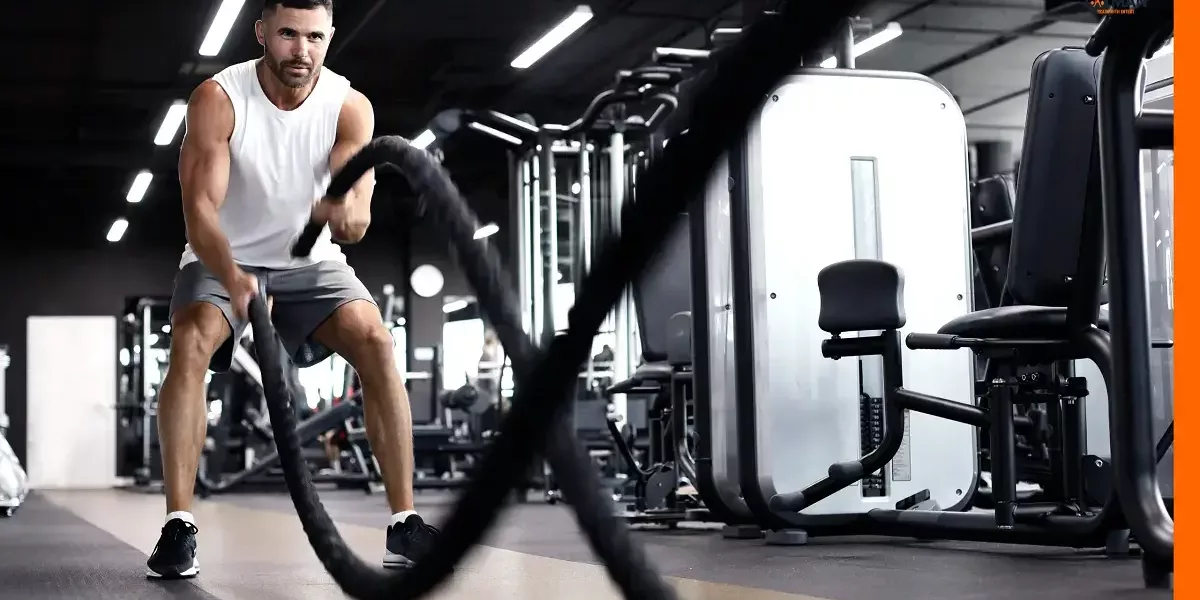Introduction
Step into the fitness world, and you’ll encounter a ubiquitous term: functional training. A quick Google search reveals countless images of people in action, huffing and puffing, swinging ropes, heaving kettlebells, and flipping tires like seasoned athletes. It’s an adrenaline-fueled spectacle that captivates, but is it an accurate representation of functional training? Let’s delve deeper and uncover the truth behind the hype.
Moreover, flipping through a fitness magazine or skimming the fitness advice column in prominent newspapers, you’ll be inundated with an overflow of functional training tips. Functional training has transcended a mere training style. It has become a marketing buzzword to entice individuals to shell out extra cash for specialized services. In addition to the regular gym membership, individuals are often asked to pay an extra fee for functional training sessions. Buckle up as we peel back the layers to find the truth beneath the hype!
What is functional training?
The functional training approach emphasizes movements that we make in our daily lives. In contrast to the traditional training method, which divides the body into isolated muscle groups, it is planned per primary movement patterns. Some common functional exercises include push-ups, walking lunges, jump squats, jumping, lunging, or stepping onto an elevated surface, bodyweight squats, lateral bounds (running from side to side), etc.
Why function fitness?
- Health – Feel better
- Fitness – Look better
- Performance – Perform better
Within functional training, the primary concern is enhancing the quality of movements that directly apply to daily life. This approach views the gym as an experimental space to foster disciplined motion, prioritizing functional utility over solely focusing on the body’s aesthetic appeal.
When someone exercises to improve how their body works, they get some significant benefits:
- Injuries: Exercising for better function means training their brain and muscles to work together better. This makes it easier for them to do things without getting hurt. It also makes them stronger overall.
- Move Better: They can become more flexible when they exercise using different movements—like bending forward and backwards, moving side to side, and twisting. Also, using their muscles through their full range of motion makes those muscles stronger.
- Athleticism: One becomes better at sports-like activities by doing exercises that use many muscles simultaneously and move in different ways. It’s like training their body to be a better athlete by strengthening their core muscles and helping them move in all directions.
What does functional training include?
To improve Upper Body Functionality
- Upper body Pushing (both horizontal and vertical)
Exercise examples:
- Push-ups
- Dumbbell bench press
- Standing shoulder overhead press
- Vertical chest press
- Shoulder push press
- Upper body Pulling (both horizontal and vertical)
Exercise examples:
- Pull-ups
- Dumbbell bent-over rows
- Lat pulldown
- Seated row
- Straight arm pulldown
To improve Lower Body functionality
- Lower Body Squats
Exercise examples:
- Goblet squat
- Back squat.
- Front squat
- Overhead squat
- Lower Body Hinge
- Kettlebell deadlift
- Romanian deadlift
- Conventional deadlift
- Lower Body Lunge / Split Stance
- Forward lunge
- Reverse lunge
- Curtsy lunge
To improve the core functionality
- Anti-flexion
Exercise examples: Plank and Dead bugs
- Anti-extension
Exercise examples: Side plank and Farmers Carry
- Rotation and Anti-rotation
Exercise examples: Cable chops and Pallof Press
Conclusion
Functional training is as simple as saying that any training aiming to enhance how well you function in your daily life can be labelled as functional training. In practical terms, this training makes everyday tasks easier by preparing you to function better.



1 Comment